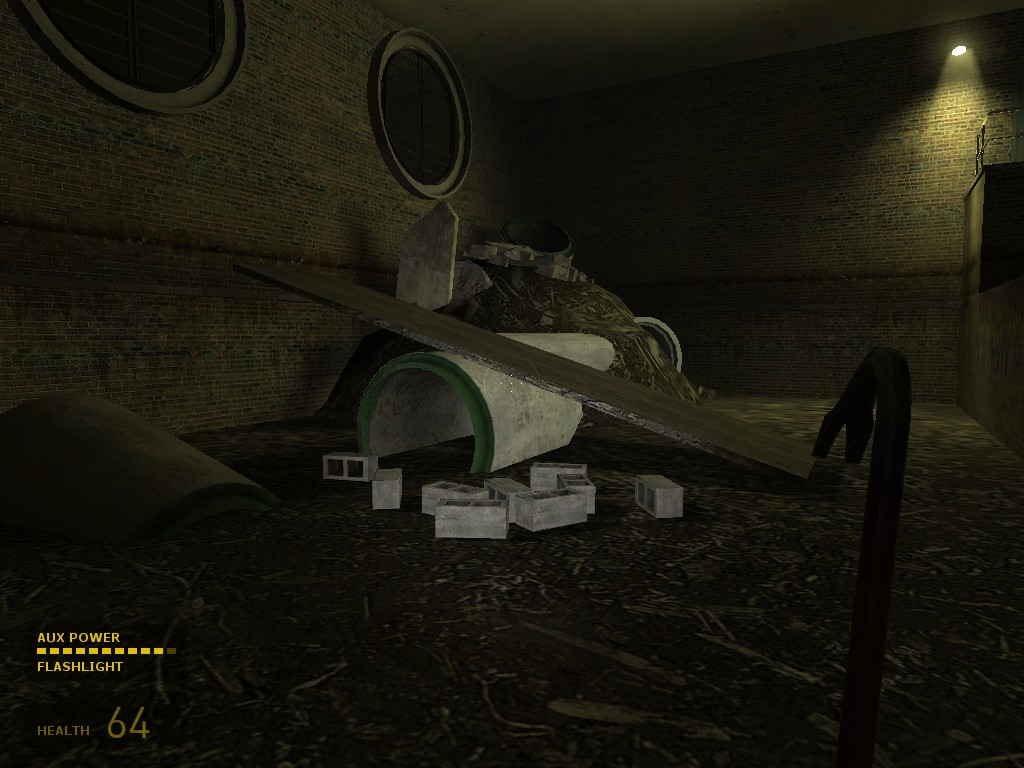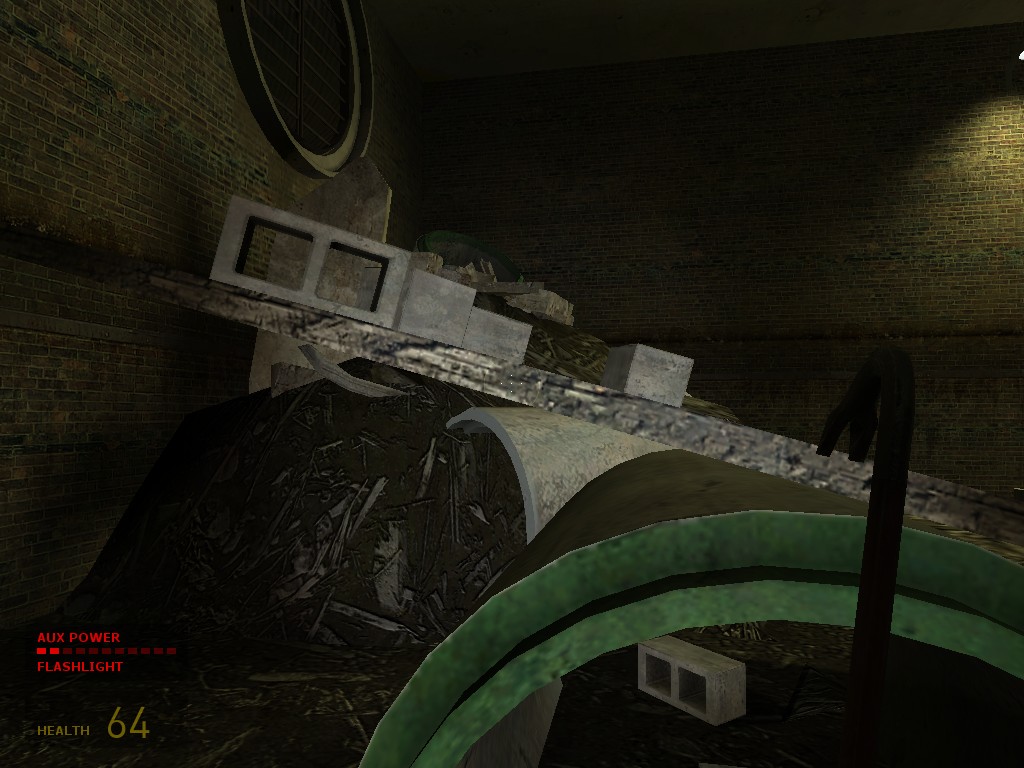This is a web site to show how Physics is used in Video games and how it has evolved over the years. From the beginning of gaming to what is Current. This Web page will also show how programmers put physics into their games. There are a few different physics engines that programmers use now for their games. There are 2 main physics engines that programmers use: Havok, and Math Engine.
A Physics Engine is the code that game companies buy or Build to put in their code. The code is already written and they just have to implement the code in their program.
The thing about Physics in video games is that none of it has to be realistic. Most of the physics in older games aren't close to being realistic for there were way too many equations the program would have to solve and it would slow it down. There are arguements that go on that unrealistic games are more fun, or realistic games are more fun.
This Web site contains the history of video games, how physics is used in video games, and what is currently used for physics in games.
Here are Examples of how Physics is being used in games now. In the newly released game Half-life 2, they made a big thing about using the Havok engine and using realistic physics in the game.

Here are two screen shots of a puzzle you have to do in the game. How do you get up that wall to get across?
The game allows you to pick up objects and they have a certain mass. In this puzzle you must add a certain amount of cinder blocks to get the plywood to be on the other side of the pipe. once you add enough cinder blocks you are able to walk across the wood without it going down on the other side. see images below.

The images on this page were taken while I played the game Half-Life 2.